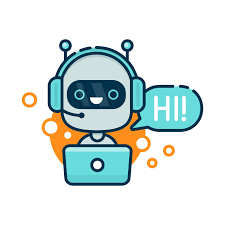Older adults can save tens of thousands of dollars annually by choosing assisted living communities over aging in place in their homes.
Unlike point solutions, Inspiren unifies resident safety, care planning, staffing, and emergency response into a single AI-powered platform.
An artificial intelligence-powered virtual assistant platform for senior living and care providers.
Betting that AI could lighten the clinician load.

 24 -- chatbots, yuck? Given the pace of change in AI technology – both the software and its rate of adoption – it’s curious that recently the
24 -- chatbots, yuck? Given the pace of change in AI technology – both the software and its rate of adoption – it’s curious that recently the